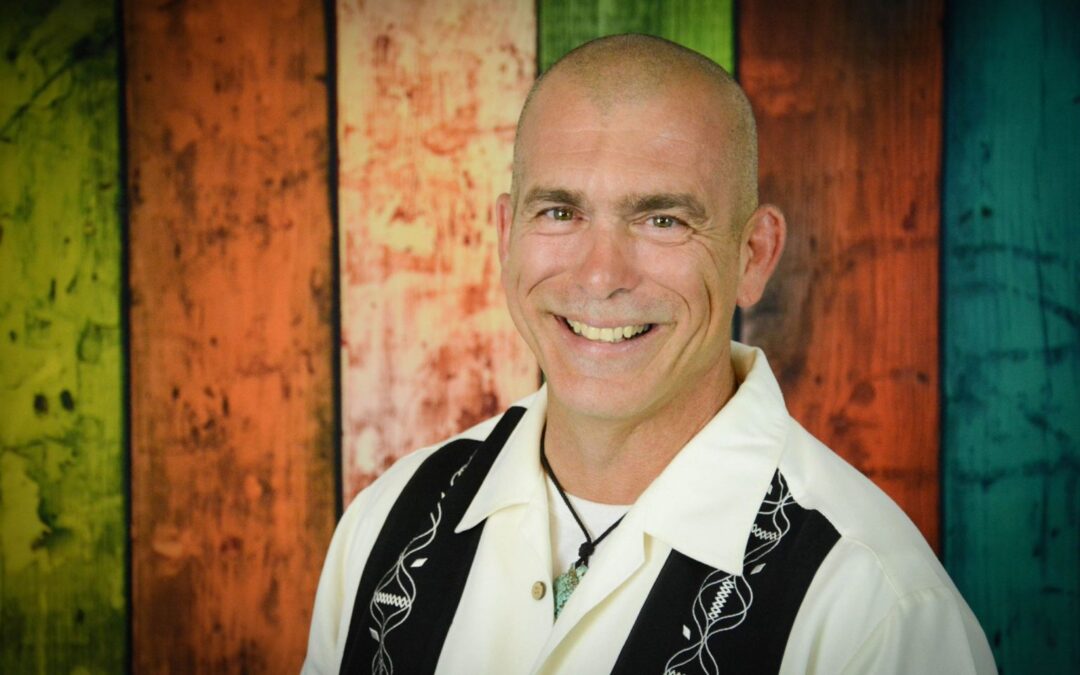Mastering Your Mindset with the TFAR Model
Unlocking the Power of Thoughts, Feelings, Actions, and Results
In today’s world of personal growth and coaching, the tools we use must be grounded in solid psychological understanding. One such framework is the TFAR model, a simple yet powerful approach to help individuals transform their lives. TFAR stands for Thoughts, Feelings, Actions, and Results, and it teaches that our outcomes in life are a direct result of the interplay between our mindset, emotions, and behaviors. This model has deep roots not only in modern psychology but also in ancient philosophy and spiritual teachings.
Breaking Down the TFAR Model
- Thoughts: It all starts with thoughts. Everything we experience is filtered through the lens of our thoughts. In coaching, we often work on recognizing and reshaping these mental filters. A classic example comes from Buddhism, where there is a strong emphasis on “minding your thoughts” because they shape reality. As the Buddha said, “What we think, we become.” It’s the first pillar in understanding that to change your reality, you must start by changing the way you think.
- Feelings: Our thoughts directly influence our emotional states. Once a thought takes root, it generates feelings, whether positive or negative. This idea isn’t new. For centuries, philosophers like the Stoics emphasized the control of emotions by controlling the mind. Epictetus stated, “It’s not what happens to you, but how you react to it that matters.” In coaching, learning how to recognize the emotions that arise from thoughts is key to emotional intelligence and self-awareness.
- Actions: Feelings naturally lead to actions. When we feel confident, we act boldly. When we feel fearful, we hesitate or avoid situations. This cause-and-effect relationship was echoed by Saint Francis Xavier, who said, “Give me the child until he is seven, and I will give you the man.” Xavier knew that shaping thoughts and feelings early in life could influence future actions, highlighting the power of early mindset conditioning. In the TFAR model, by recognizing and changing our thought patterns, we can directly influence our behaviors.
- Results: Our actions inevitably lead to results. This is the endpoint of the TFAR model: thoughts create feelings, feelings generate actions, and actions produce results. If you’re not satisfied with the results in your life, the process begins by retracing your steps. The model shows that small shifts in thinking and feeling can produce radical changes in outcomes. Ancient wisdom, like the quote from Marcus Aurelius, “The happiness of your life depends upon the quality of your thoughts,” confirms that your results are determined by your mental and emotional state.
The Psychology Behind the TFAR Model
From a psychological perspective, the TFAR model aligns with principles from cognitive-behavioral therapy (CBT), which emphasizes the relationship between thoughts, feelings, and behaviors. CBT suggests that by changing maladaptive thought patterns, you can affect emotional regulation and behavior change, just like the TFAR model proposes.
Neuroscience also supports this model. The brain’s neuroplasticity—the ability to rewire itself—shows that thoughts are not static but dynamic and malleable. What you repeatedly think about strengthens neural pathways. This is why focusing on positive, empowering thoughts can reshape not only how you feel but also the actions you take and the results you get in life.
Applying the TFAR Model in Coaching
When using the TFAR model with clients, start by guiding them through each step:
- Identify Thoughts: Help clients become aware of their thoughts, especially the automatic ones. Journaling or meditation can be useful tools here.
- Understand Feelings: Encourage clients to notice how their thoughts trigger emotional responses. Are certain thought patterns leading to frustration or anxiety?
- Examine Actions: Analyze how these feelings lead to specific behaviors. Are their actions productive, or do they hold them back?
- Evaluate Results: Finally, assess the results. Are they achieving what they desire in life? If not, it’s time to circle back to their thoughts.
By guiding clients through this self-reflective process, you empower them to break the cycle of negative thinking and generate more positive outcomes.
Conclusion: TFAR in Historical Context
The TFAR model’s insights are not new. They echo age-old philosophies from Buddhism to Stoicism, where the mind is seen as the master of one’s life experience. These teachings remind us that although life’s challenges can’t always be controlled, how we think and feel about them can be. In essence, TFAR is a tool for mastering the internal world to create desired outcomes in the external world—a key message for anyone striving to thrive in life.
As you embark on this journey, remember the words of ancient sages, and let the TFAR model guide you toward lasting change and personal growth.
By introducing the TFAR model into your daily life or coaching practice, you’re tapping into a timeless, psychologically proven method to transform both your mindset and your results.

